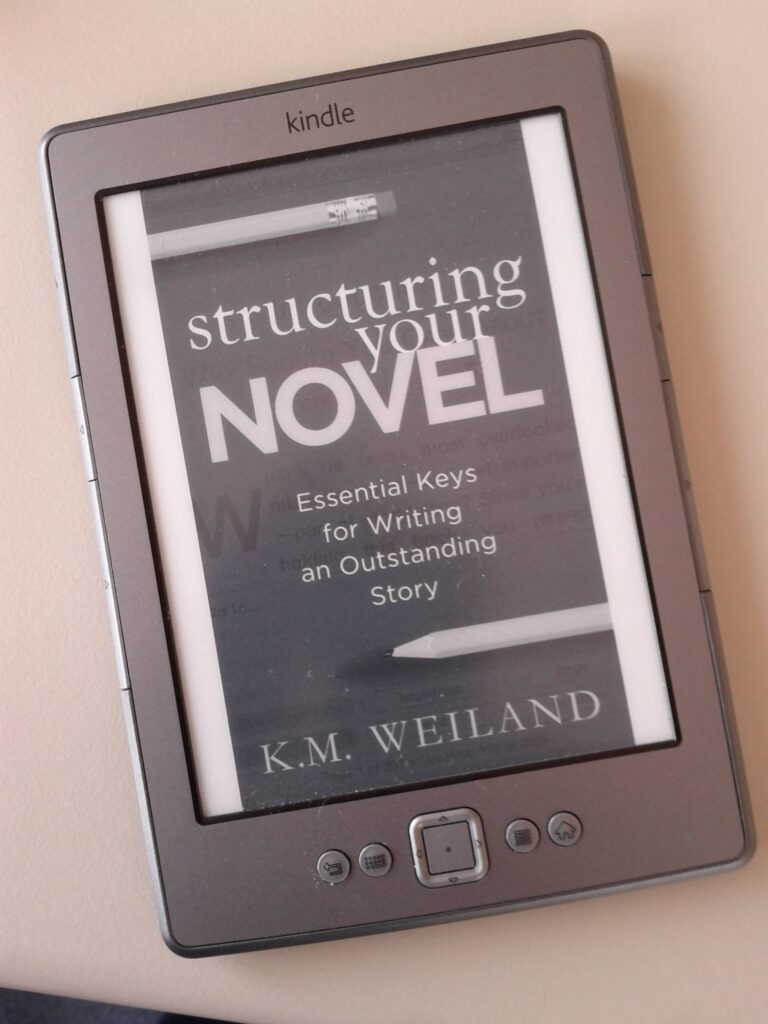Make the Reader Work!
One of my grossest errors when I first started writing fiction was to tell the reader exactly what was going on, why, and what the characters thought about it.
How boring is this?
Another pastime of mine was to observe snakes. There was something mystical about snakes. Some people thought they represented an evil power, but there was also a long-standing tradition associating them with healing powers. At any rate, they fascinated me.

Show, don’t tell!
I’d never even heard of that most elementary of all writers’ maxims.
Another bad example
Pirates! In fact, the pirate ship rammed straight into the side of the large, two-masted trader, which creaked under the onslaught. The traders didn’t stand a chance. There weren’t many crew and they probably didn’t even have much in the way of weapons, though, of course, I couldn’t see from where I was. What was clear was that the large ship was beginning to break apart. I guess the pirates knew what they were after – gold or precious stones, perhaps; at any rate nothing very large – because they didn’t hang around. Their sleek boat didn’t seem to be damaged by the collision and they left, back where they had come from. And what with the wind and waves and broken hull, the big ship slowly sank before my eyes! You can imagine: I was horrified. Just a young lad witnessing that brutal, callous attack, and it seemed obvious to me that any sailor who hadn’t been slashed to death by a pirate’s gladius was surely drowned.
Since those early days, I’ve had the show-don’t-tell doctrine thrown at me countless times.
Discover the full picture
Another principle to bear in mind is to grant the readers the challenge and excitement of fitting the story’s jigsaw pieces together to discover the full picture, instead of doing their job for them. Canadian author Lisa Moore advocates giving the reader control:
The strongest fiction, for me as a reader, is that which allows me to create it in my head and, as a writer, I like to give the reader as much control as possible — I think that’s where the real pleasure lies.
Here’s a minor sample from a published book I’ve read recently – slightly modified to conceal the source:
The lights on the Christmas tree in The Rose Gardens, near the harbour, shone bright and clear as Susie drove home from school on the last day of term. On the back seat of the car lay the gifts the children in her class had given her. Still wrapped
, so as not to foster a competitive culture among the givers should they see the contents and make unfavourable comparison, t. They bore labels addressed to ‘Miss Harris, the best Miss in the world’, ‘Miss Hallee’ (made her feel like ‘Jinx’ Johnson), and one (the result of a child’s faulty diction?) ‘Miss Hawiss’.
I feel it would be more respectful to the reader to delete the struck-through words and let him guess why she hadn’t unwrapped them at school.
Another sample
Lucy saw Carl grip his hand into a fist
; it was evident he entertained the idea of punchingand glare at his uncle. After a slow moment, he released his grip and just stood there in front of Lucy.
Surely the reader can feel the tension building up without being told explicitly what Carl had in mind. Perhaps it would even be better to drop the ‘Lucy saw’ and tighten it even more to:
Carl clenched his fist and glared at his uncle. With a determined effort, he relaxed his grip and faced Lucy.
What do you think?
Relevant tips from experienced writers:
- A rookie writing mistake, by Ken Levine
- Get Rid of On-the-Nose Dialogue Once and For All by K.M. Weiland
- Let the Reader’s Imagination Do the Heavy Lifting by Krista Stevens
- Lisa Moore gives the reader control.






